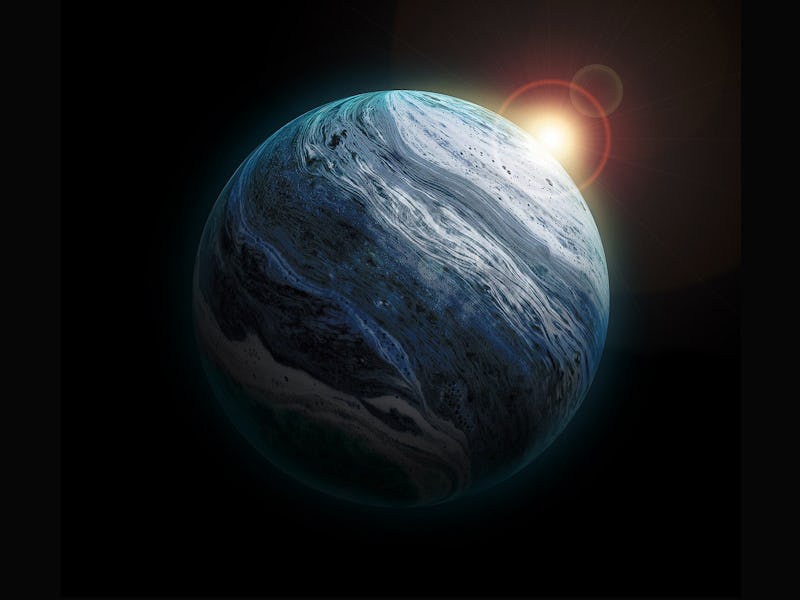NASA video shows what sunsets look like on other planets in our solar system
What does the sunset look like from Uranus?

One of the ways to observe the beauty of the world is to watch as the Sun slowly sets in the west, creating a mirage of colors in the sky. Now, imagine if you were observing that same sunset while sitting on Saturn or Venus or Mars.
Thanks to a planetary scientist at NASA, that experience is now a lot more attainable.
Geronimo Villanueva, a planetary scientist from NASA's Goddard Space Flight Center in Greenbelt, Maryland, created the Sunset simulator which shows what the magic hour would look like from the dusty Martian world, or how a closer view of the sun setting would appear on Venus.
The resulting simulation takes us on a beautiful journey across the Solar System and beyond, displaying a diverse palette of colors that are all equally breathtaking on their own.
Villanueva shows what it would look like as Earth, Mars, Venus, Uranus, and Titan, Saturn's largest moon, turn away from the light of the Sun and the brightness of the star fades in the distance.
Sunsets look different on each planet as a result of the sunlight interacting with the planet's atmosphere.
Sunlight scatters off of the molecules found in the atmosphere. This scattering process, also known as Rayleigh scattering, happens to be more effective at shorter wavelengths, which is the blue end of the visible spectrum, or the portion of electromagnetic radiation that can be seen by the human eye.
Therefore, the light that is scattered down to Earth is predominantly blue, resulting in our blue daytime skies.
The simulation also shows the difference in the color of the skies during sunset on Earth on a regular, clear skies day, a hazy day, and an overcast day.
On Uranus, the sunlight interacts with the hydrogen, helium, and methane found in its atmosphere, which absorb the longer-wavelength red portion of the light. As a result, the sunset on Uranus is a rich azure that fades into royal blue with hints of turquoise, according to NASA.
On the other hand, the sunset on Mars turns from a brownish color to a blueish hue as a result of the dust in the Martian atmosphere that scatters the blue color more effectively.
The above video shows the different sunsets side by side, with the white dot representing the position of the Sun as it sets on that planet.
Villanueva created the sunset simulator while developing a tool for a possible future mission to study Uranus' atmosphere. The computer modeling tool is meant to help scientists interpret the measurements of light on other worlds in order to reveal the chemical makeup of their atmospheres.
Similarly in 2014, scientists working with data from NASA's Cassini mission also pictured what a sunset on Titan would look like, obscured by the haze and smog that surround the moon. The data was meant to help scientists study exoplanets with hazy skies, and better understand the makeup of their atmosphere.